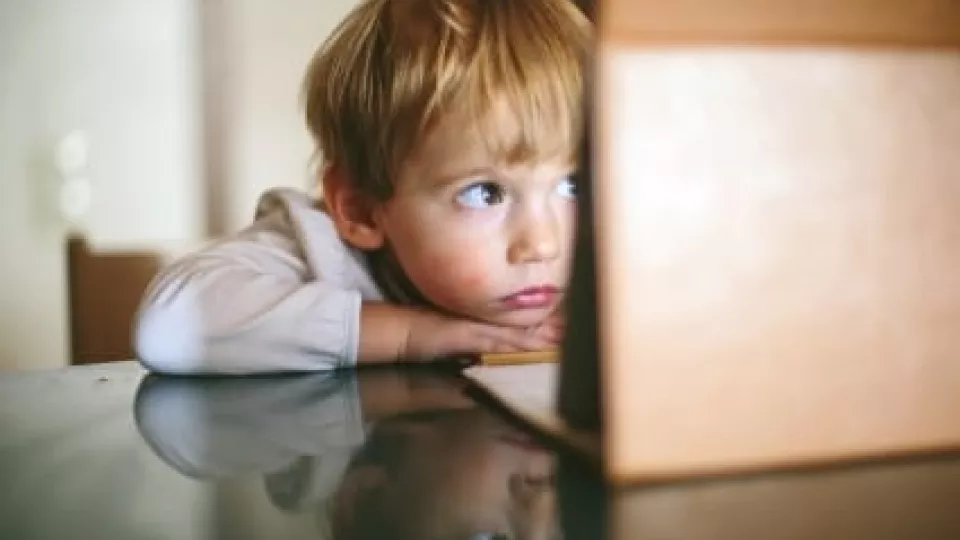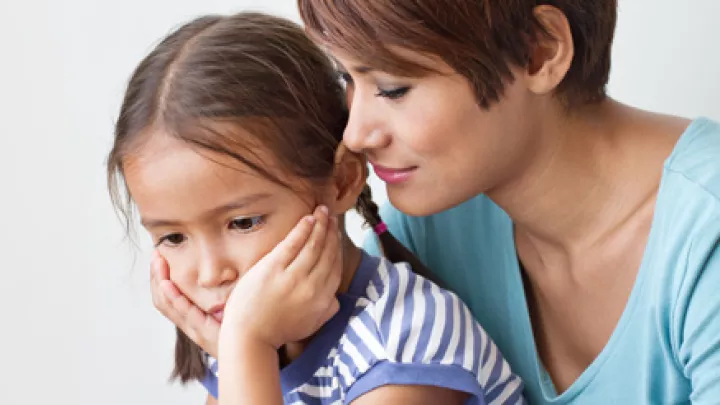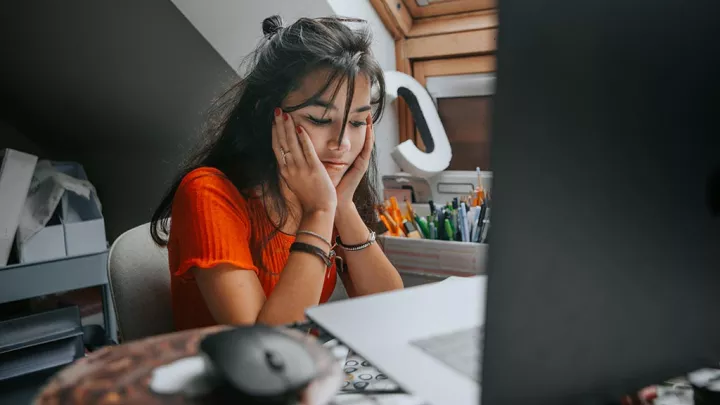New Guidelines on Screen Time for Kids
Have you ever watched a 2 year old play with a smart phone? It’s fascinating to watch tiny little hands manipulate a phone or tablet so efficiently at such a young age. They are cleverer at it than many adults! They almost seem born to play this way. But our technology baby sitters and the presence of the TV in every room have serious drawbacks, according to pediatricians.
All human beings move through the milestones of mental, physical, emotional and social development. The human brain takes years to develop because there is so much to learn. We know that the brains of babies and very young children need certain kinds of stimulation to develop and grow to reach their potential.
Babies, toddlers and school-age children learn best from face-to-face and hands-on experience to grasp how our complex world works. They have to explore and repeat experiences until a connection is formed and strengthened in the pathways of the brain.
To do so and maximize each and every child’s potential, parents have to provide the right stimulation to get the right results.
New standards

Previously, the American Academy of Pediatrics (AAP) set a general screen time limit: no more than two hours in front of the TV for kids over age 2. However, in today’s world, our everyday lives are surrounded by digital media—making it difficult to define actual screen time.
The AAP has changed this blanket statement. They’re identifying screen time as using digital media for entertainment purposes; uses such as online homework or talking to a family member don’t count. The AAP advised parents to put strict limitations on digital-media usage particularly for children under 2 years old, and suggests only one hour per day of high-quality programming for 2 to 5 year olds.
Infants 18 months and younger: No screen time
Some of us like to have the TV on in our homes all the time as background noise. This may be comforting for you, but it is a distraction to very young children. Their ability to play in a focused and intense way is frequently interrupted by what is being shown on the TV or phone screen.
Research studies tell us that those under 2 learn best from real life experiences and face-to-face exchanges; they learn much less from a screen.
Face-to-face exchange allows your baby and young child to check your facial expressions, listen to the sound and tone of your voice and learn social and emotional cues. Your smile or frown at your child’s reaction to something gives vital feedback. Lessons are being learned. A flat screen cannot do this.
Studies have also found that parents give less attention to their children’s actions and needs because the commercials and programs were constantly distracting them too.
Children 2 to 5 years: One hour per day
Children at this stage can be exposed to digital media for one hour a day, but only high-quality programs should be viewed.
The slow and gentle TV programs designed for the very young help them develop an understanding of rules, the ability to wait, persistence on challenging tasks and the importance of being kind and understanding of others.
Co-viewing appropriate shows and actively engaging with your little one, answering questions and directing conversations about the content of the program gives both of you a more satisfying time together.
Loud noises of actions, conversations and commercials means there is less opportunity for conversation between parents and children, which in turn leads to a smaller vocabulary for the developing brain to absorb.
There is a link too between a child’s behavior and what a young child watches. Research has observed that violent cartoons appear to lessen a child’s emotional self-control and results in aggressive behavior.
Tips for teaching your child healthy digital media use
Be a media mentor for your family, turn off the TV, put down the phone and interact with your children at every possible opportunity.
Parents can be instrumental in providing a stimulating environment for their children, by being media free and allowing them to enter the world of fantasy and abstract play for most of the hours of the day, along with some vigorous outdoor play.
Unstructured play allows babies or young children to work through things on their own terms, at their own pace; this way they retain more knowledge. You as a parent make the play and the learning much more meaningful if you play along too.You are building the foundation blocks for a life of learning.
The American Academy of Pediatrics has developed a Family Media Plan available at healthychildren.org. Along with the guidelines the AAP recommends, it helps you design a family contract that matches your values and parenting style.
All of this takes time, energy and sacrifice, but worth it when you see positive results in your child’s development.


